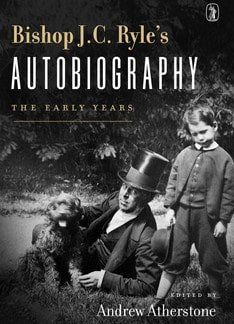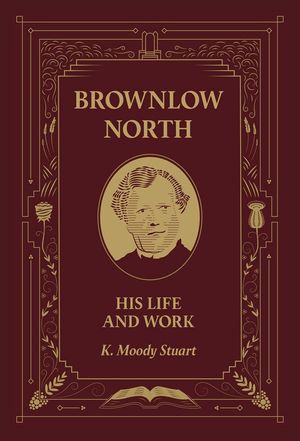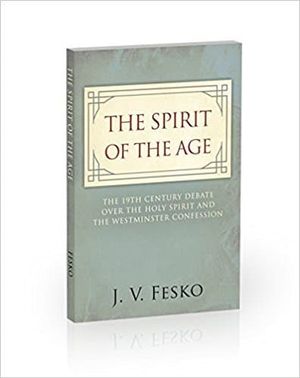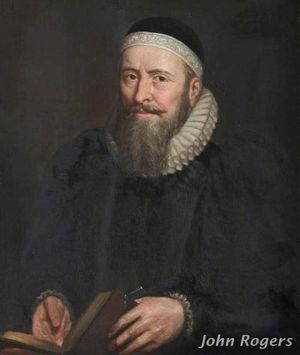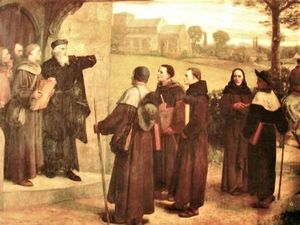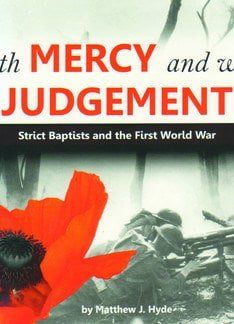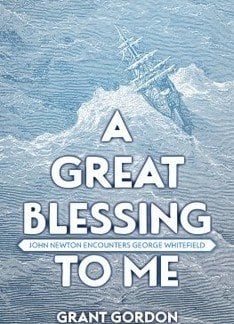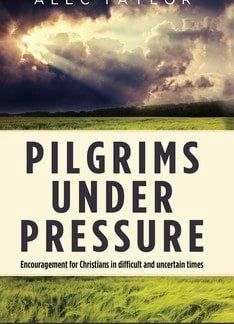It may appear strange that the Banner of Truth Trust should so soon follow up their publication of Iain Murray’s biography of Ryle, Prepared to stand alone, with Ryle’s own Autobiography. The two works are, however, complementary. Whereas Iain Murray covers the whole of Ryle’s long life, the Autobiography ends with the death of his second wife and departure from his parish of Helmingham in 1861.
This work is the result of the remarkable discovery of a long-lost manuscript, which had been dictated by Ryle for the benefit of his children. Its existence was known, but the original text was presumed lost and earlier historians had made use of a faulty copy.
The original was rediscovered in the family archives of one of Ryle’s descendants in 2015. It has been subjected to careful study and annotated by Andrew Atherstone, who has included a number of valuable appendices, as well as photographs from the Ryle family archives. The result is an attractive volume.
Today J. C. Ryle is probably more widely known and appreciated than he was in his lifetime. His rediscovery began in the 1950s, when, at the suggestion of Dr Lloyd-Jones, James Clark & Co. reprinted Ryle’s classic work, Holiness. The republication was timely; it occurred during renewed interest in Reformed literature.
John Charles Ryle was surely the outstanding evangelical Anglican of his day. He had been opposed by many in his own denomination and dismissed as irrelevant by many beyond. Assaulted by liberals and Tractarians, he, like his nonconformist contemporary, C. H. Spurgeon, came to occupy a lonely eminence among his peers. He was then almost forgotten in the years following his death in 1900.
This book takes us into the Ryle family and enables us to see the second half of the nineteenth century through Ryle’s own eyes. What a different world it was! The reader sees something of the rigid social class system of Victorian England and appreciates Ryle, not only as a man of his times, but as a man for times to come. While many of his critics are now unknown, Ryle’s influence remains through his edifying legacy of books.
Seeing Victorian England from the inside, we pick up Ryle’s opinion on a number of significant figures. These include W. E. Gladstone, Samuel Wilberforce and his younger brother Henry, as well as H. E. Manning — all of whom Ryle knew personally. Unlike these men, he remained a fearless champion of unchanging biblical revelation.
The Autobiography includes valuable appendices, setting Ryle in the context of his wider family. Particularly valuable are some of his early tracts, which help the reader to understand the heart of the man. They are suffused with evangelistic application and searching calls to earnest Christian living. No Christian reader can fail to be searched and challenged as he reads these. This book deserves wide circulation.

